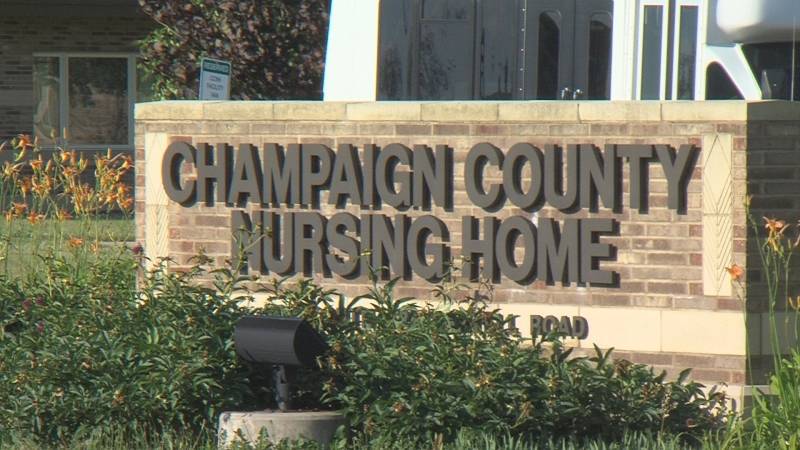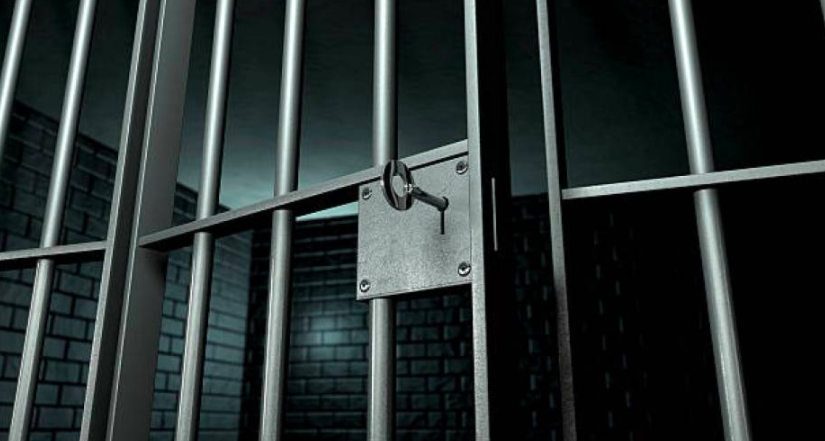A multimillion-dollar bond that would provide county public safety sales tax revenue to upgrade the county’s satellite jail, including facilities for mental and medical health care, has not appeared in Champaign County Administrator Rick Snider’s budget proposal, and it’s fair to say that vocal grassroots pushback has quite a bit to do with that. The Department of Justice grant that funded Deputy Sheriff Allen Jones’s Crisis Response Planning Committee, supposedly formed to divert arrestees in need of mental health or substance abuse services from the jail, but now working to provide in-jail facilities, has not been renewed. Jones himself was cited in the News-Gazette on October 13th saying that the jail was the wrong place to deliver mental and medical health services.
But seemingly unbeknownst to many on the County Board and in the local media, the jail plan lives on. The figure of $261,113 — over a quarter of a million dollars — is in the current proposal to be allocated either for planning the building of new cells at the satellite jail or for construction at the downtown jail to bring it into compliance with the Americans with Disabilities Act in fulfillment of a years-old Department of Justice citation. It’s not clear how this determination would be made, but past statements have made it clear that the sheriff’s department very much wants to demolish the decaying downtown jail and upgrade the satellite jail. In an August meeting of the county board facilities committee, Sheriff Walsh and Captain Vogees, who runs the jail, spoke of the need for 50 to 60 beds in double-bunked cells, plus a new item: 24 one-person cells dedicated to “special management housing.” The stated intention behind these cells is to provide specialized care inside the jail, though of course this takes funding away from a possible community-based behavioral health provider, and it’s also not clear how qualified round-the-clock staffing would be paid for. In addition, if built, these cells would likely be used for punitive solitary confinement; this is almost always the purpose served by a “special management unit” in a prison or jail.

So in short, an expansion of the satellite jail remains likely. Of course now it’s only a proposal for possible planning, but planning for planning… is planning. Rick Snider and others have spoken in county board facilities committee meetings about putting some cash from the sale of the public nursing home, which would doubtless have serious repercussions in the lives of vulnerable low-income elderly citizens, toward a behavioral health treatment facility. And it appears necessary to do accessibility upgrades at the satellite jail as well as at the downtown jail. But it’s quite certain that a cash infusion from the sale of one public resource would go toward more jail building, even if (and it’s a big “if”) some money were put aside for communities in dire need of services. Certainly Snider has not put any such concrete proposal forward, even for planning, as he has for the jail. In fact, this would represent the third time in recent years that the county has spent a substantial sum on jail planning. Also, county board member Pattsi Petrie has asked to review a relatively inexpensive program operating to reduce juvenile recidivism, but no board members have asked to review the high-cost construction expenditures that make up the bulk of the public safety sales tax spending, let alone the Sheriff’s budget, which has not diminished in real terms since 2004, when the average daily jail population was much larger.
To remind readers, there is a massive racial disparity in the Champaign County jail. Black people make up about 13 percent of the county’s population but usually 60 percent or higher of the jail’s inmates. We should ask ourselves whether racialized incarceration is likely to coexist peacefully with efforts to help low-income communities with programs to provide shelter, jobs, and health care. It’s worth thinking hard and skeptically about this matter. If the community is satisfied with an ineffectual planning effort to establish a behavioral health crisis center, planning undertaken while the sheriff’s department has evaded responsibility for the deaths of three non-violent Black arrestees in the jail in a brief span between 2015 and 2016, and jail construction plans continue to proliferate without clear plans for alternatives to incarceration, then the carceral humanism of throwing bones to critics, while continuing to build cages, has proven to be a most successful strategy.
There may be no way to stop this budget from passing given the current composition of the county board, but constituents can still contact their board representatives and demand a pledge to not allocate this planning funding to an expansion of capacity at the satellite jail, and in particular to not allocate planning funding to solitary cells. In addition, the jail’s most likely source of funding remains the sale of the county nursing home.

Thus, while many steps toward the sale have been taken, pressuring board representatives to resist all further steps toward the sale not only helps to protect vulnerable citizens residing in the nursing home, but also helps to protect the families of people who are likely, because of race, poverty, or mental or medical health, to get caught up in the criminal justice system.








